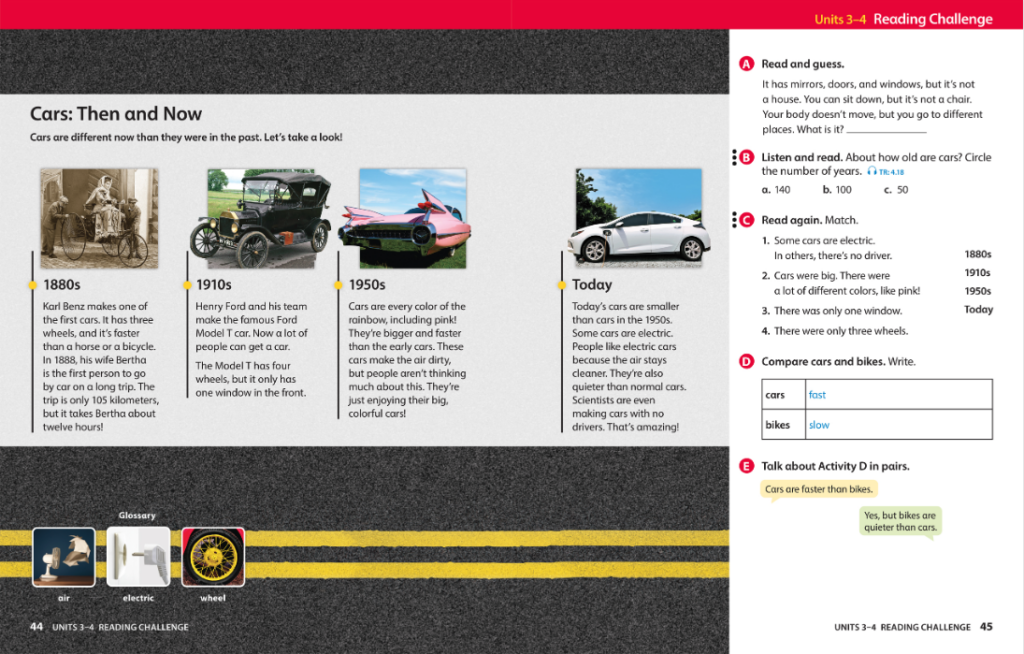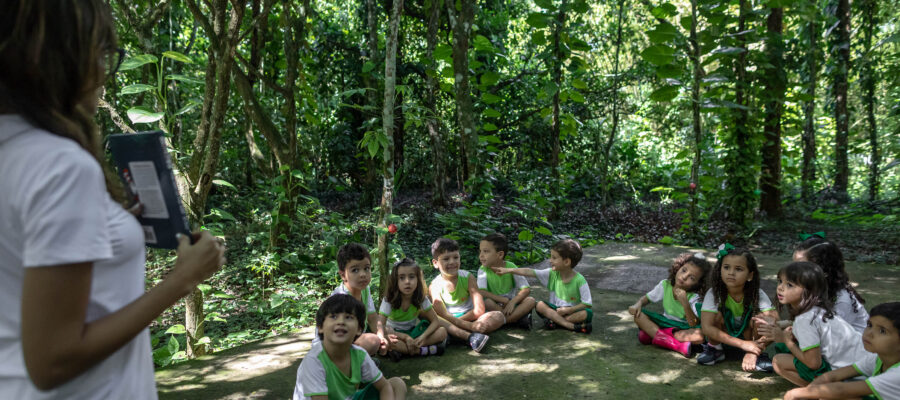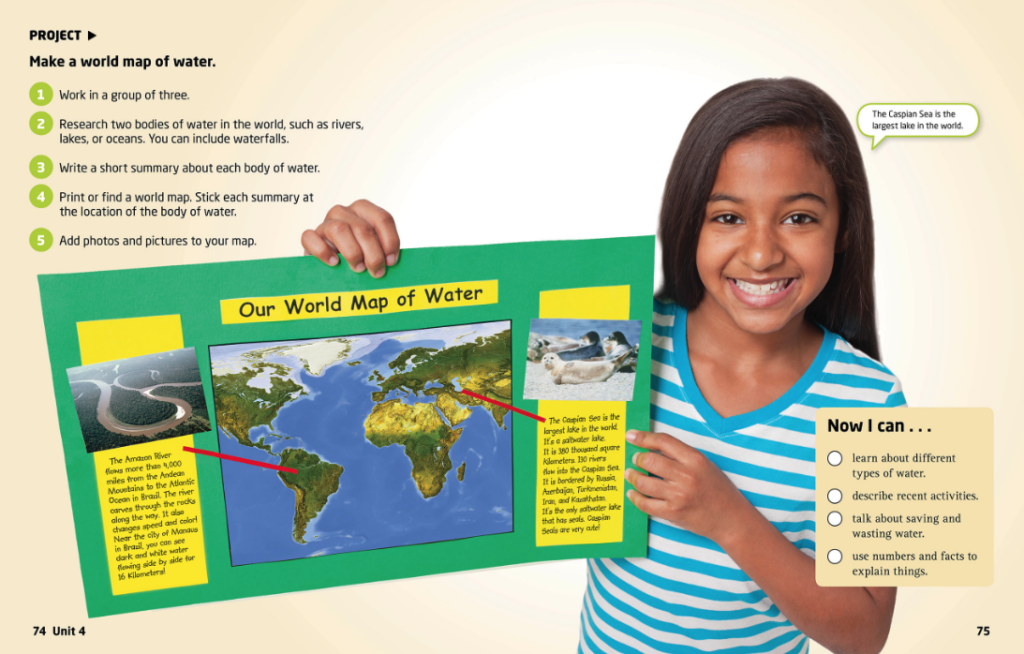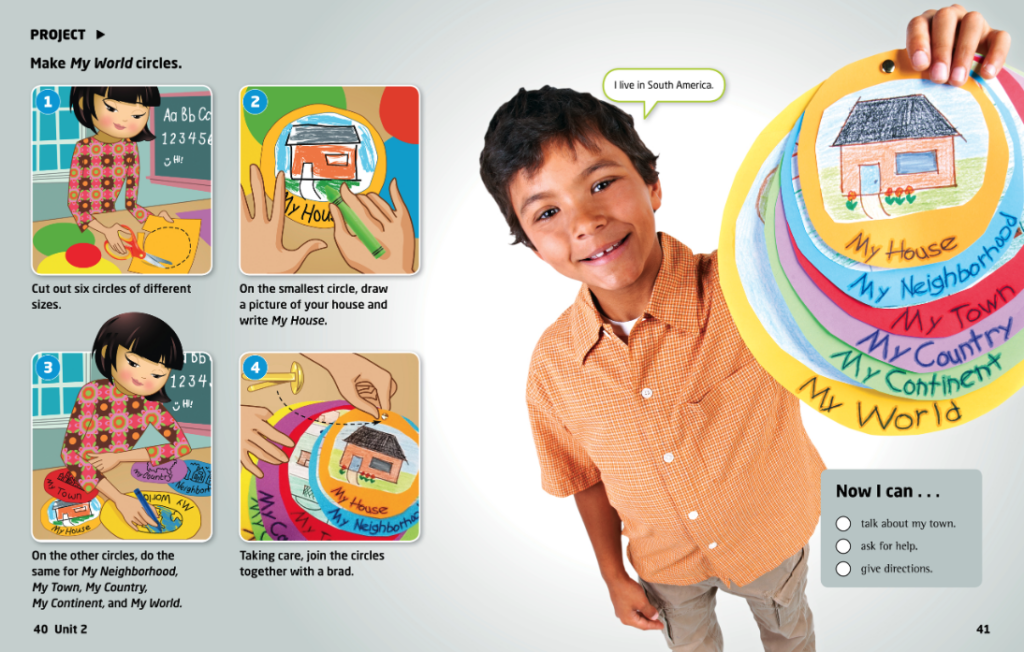As we approach the 2030 target date for achieving the United Nations Sustainable Development Goals, we’re seeing increasing focus on these in our classrooms. As Irina Bokova, former Director-General of UNESCO, explains, “Education is at the heart of our efforts both to adapt to change and to transform the world within which we live.”1
However, it’s important to recognize that many of us feel daunted by teaching the SDGs in our English language classroom. In his recent blog post, “How to ‘Go Green’ in Your Classes with the SDGs,” Daniel Barber discusses some reasons why teachers of English may hesitate to introduce the SDGs in class, such as feeling that the SDGs are not relevant to English lessons. Teachers of young learners may have additional concerns; we might worry that the children we teach are too young to engage with such serious, challenging topics.
So how do we address the SDGs in our classrooms? Teaching our students what the goals involve (protecting life in our seas, reducing food waste, achieving gender equality, etc.) is merely the tip of the iceberg. A better approach is to teach the ways of thinking and of doing that will enable our students to make a difference.
Building Resilient Young Learners
It’s increasingly unlikely that the Sustainable Development Goals will be achieved by 2030. This leaves us with a choice: either to decide that it’s too hard and that we are not going to achieve the goals, and give up, or decide to persevere anyway. It’s vital that our young learners can adapt to change and keep going in the face of challenges. What can we as teachers do to help them to develop this resilience?
There is substantial overlap between ways to build resilience and what we teach as part of Social and Emotional Learning. A logical starting point is to teach our students to identify how they feel, and how they can better cope with it. For our youngest or lowest-level learners, this might look as simple as teaching them the vocabulary they need to talk about their feelings, and checking in with them, for example in circle time at the beginning of the lesson. For higher-level learners we might use a “feelings wheel” to develop their vocabulary around emotions. Then we could use simple sentence frames to ask them to talk about a time when they felt a particular emotion, or to ask them what they do when they feel a particular emotion.
For example:
I feel…(excited) when…
When I feel (overwhelmed), I…
We can also help our learners build their resilience by teaching them how to solve problems, for example introducing a simple structure that can be applied to a wide variety of different situations:
Identify the problem >> Develop at least five possible solutions >> Identify the pros and cons of each solution >> Pick a solution >> Test it out
Once we’ve taught our students how to problem solve, we can apply this structure to activities we do in class, such as project work. Picking a solution and testing it out helps our learners take action in a structured and supported way.
We’re All Connected
There are a huge variety of different thinking skills that support the SDGs, but particularly relevant to us as English Language Teachers is the idea of global empathy. These examine the ways that we are connected to different people and places around the world.
Activities such as Same, Different, Connect, and Engage from Harvard School of Education’s Project Zero2 ask questions to help learners recognize their own perspectives, and to build bridges between themselves and those who may be different to them.
Same, Different, Connect, Engage
Same: In what ways might this person and you be similar?
Different: In what ways might the person and you be different?
Connect: In what ways might the person and you be connected as human beings?
Engage: What would you like to ask, say, or do with the person if you had the chance?
For younger or lower-level learners we could use a Venn Diagram to provide a visual representation of the things that are different between them and the other person – and the things that they have in common. We can also incorporate Venn Diagrams into existing lessons. In this lesson from Look Level 2, learners read about a very different type of school. You can have them use a Venn Diagram to compare and contrast it with their own school.

Seeing the Big Picture
Related to global empathy is big-picture perspective. We want our students not only to empathize with other people, but also to understand how we are all connected, and that one person’s actions can have an impact on another. This project from Our World Level 3 represents big-picture thinking visually, showing the different contexts and communities in which young learners have a role to play.
As our learners get older, we can encourage them to use these different spheres of influence to understand the impact of actions through different lenses, for example by using the thinking routine ‘The 3 Whys’.3 Again, this can be supported visually with the help of a graphic organizer.
The 3 Whys
- First we ask our learners to consider why the issue is important to them.
- We then move outwards and ask them why it is important to the people around them – be that their family, their friends, their school, their neighborhood, or their town.
- Finally, we ask why it is important to the world.
Alternatively, you could use this routine in the opposite order to encourage learners to be aware of a more personal connection to a global event.
Future Thinking
In addition to developing empathy for people in other places and an awareness of how their own actions affect others geographically, the world needs our students to recognize that now is not the only time there is. The actions of the past have an impact on the present, so our actions today will have an impact on the future.
We often use timelines in our classrooms to talk about the past, but they can also be used to give our students a visual representation of the future. We can encourage our learners to make predictions about the future based on what they already know about the past and the present. They can also start thinking about ways their actions now could lead to these future predictions becoming reality.

We may not be able to eradicate poverty or hunger, combat climate change, or ensure everyone has access to affordable, sustainable energy. But through empowering our students and helping them develop their resilience, global empathy, big-picture thinking, and future thinking, we can still take small steps towards creating a better world. Which of these ideas will you try out in your classroom?
Teach English and the world through our young learner programs: Our World, 2nd Edition, Look, and Imagine!
1 Unesco (2015). Rethinking education: towards a global common good. Paris: Unesco.
2 The Same Different Connect Engage thinking routine was developed by Project Zero, a research center at the Harvard Graduate School of Education.
3 The 3 Whys thinking routine was developed by Project Zero, a research center at the Harvard Graduate School of Education.





Nice article.keep up the good work
Thank you very much! I hope it was useful for you 🙂